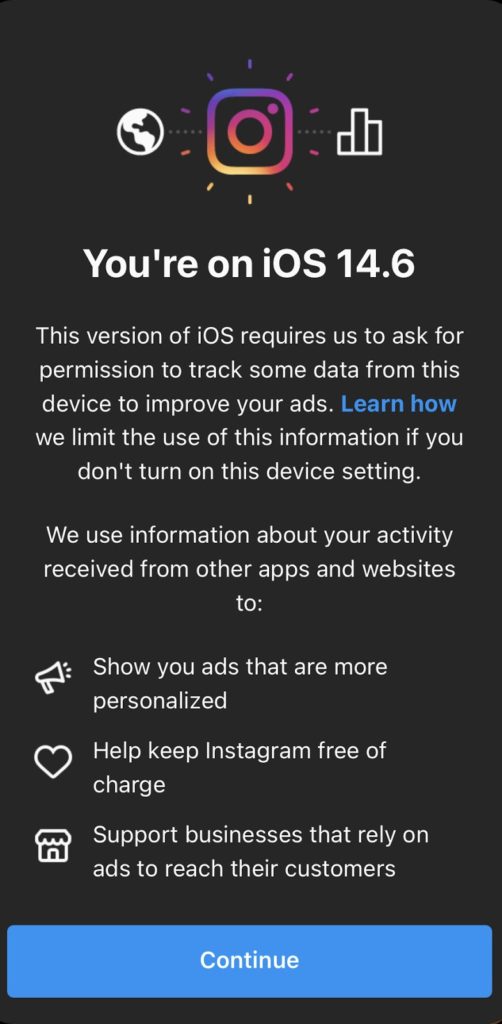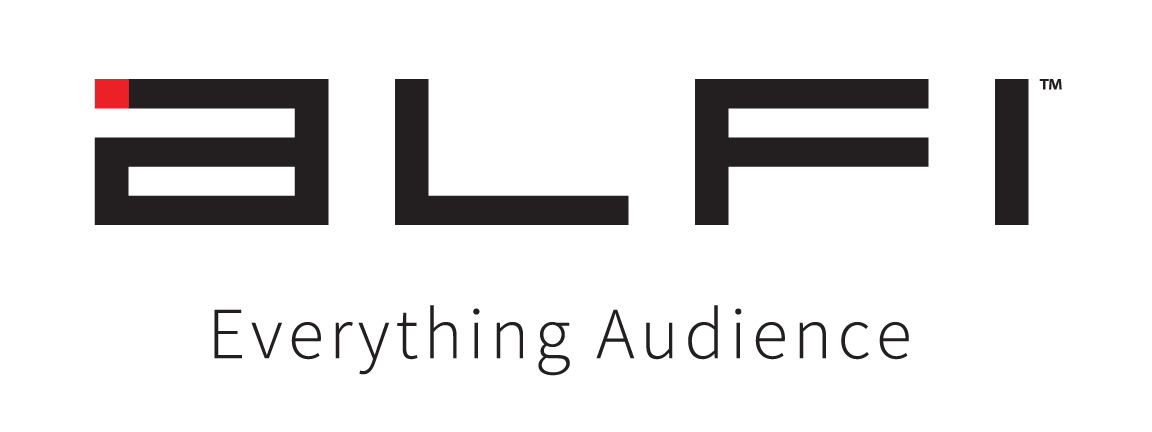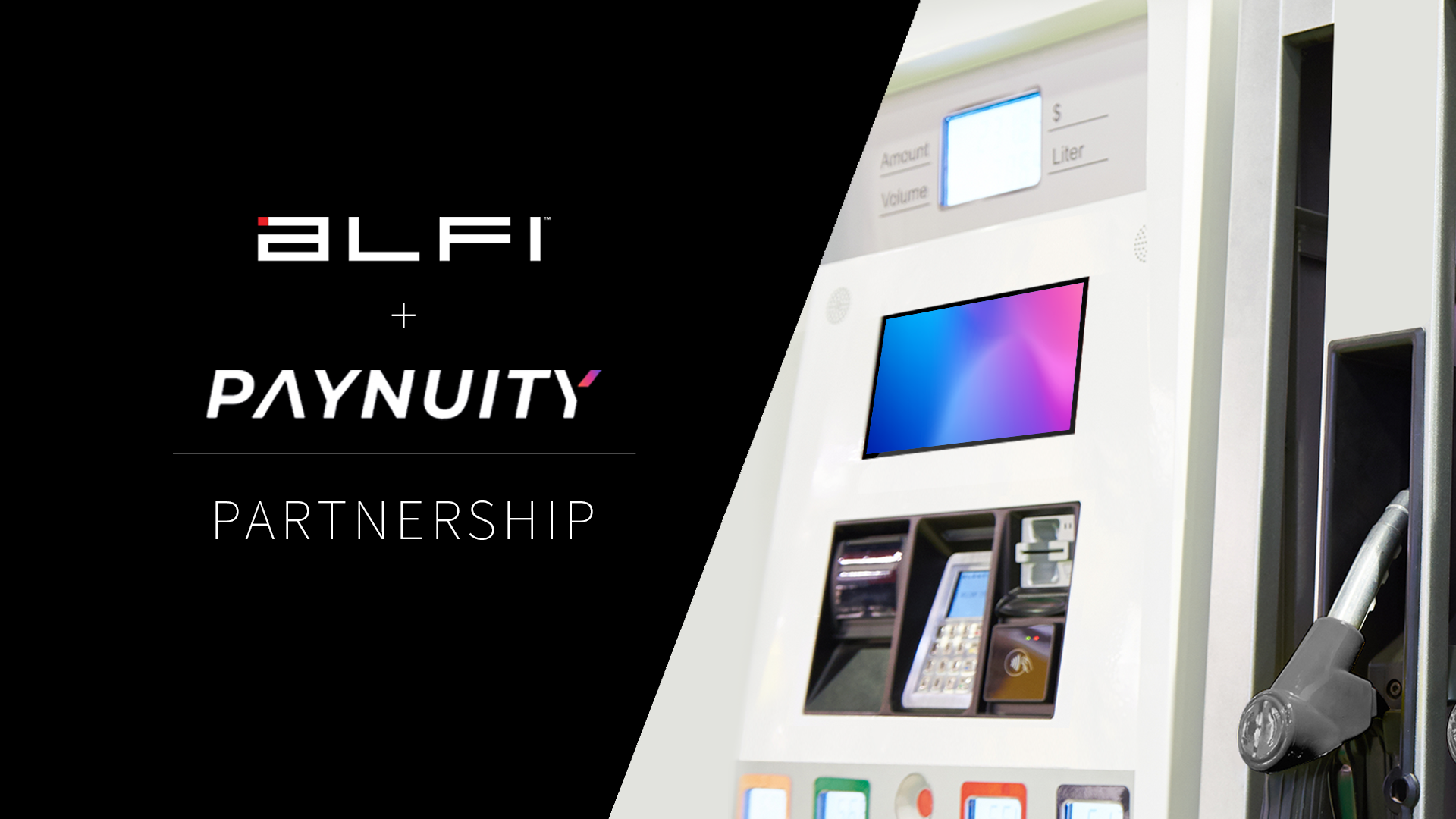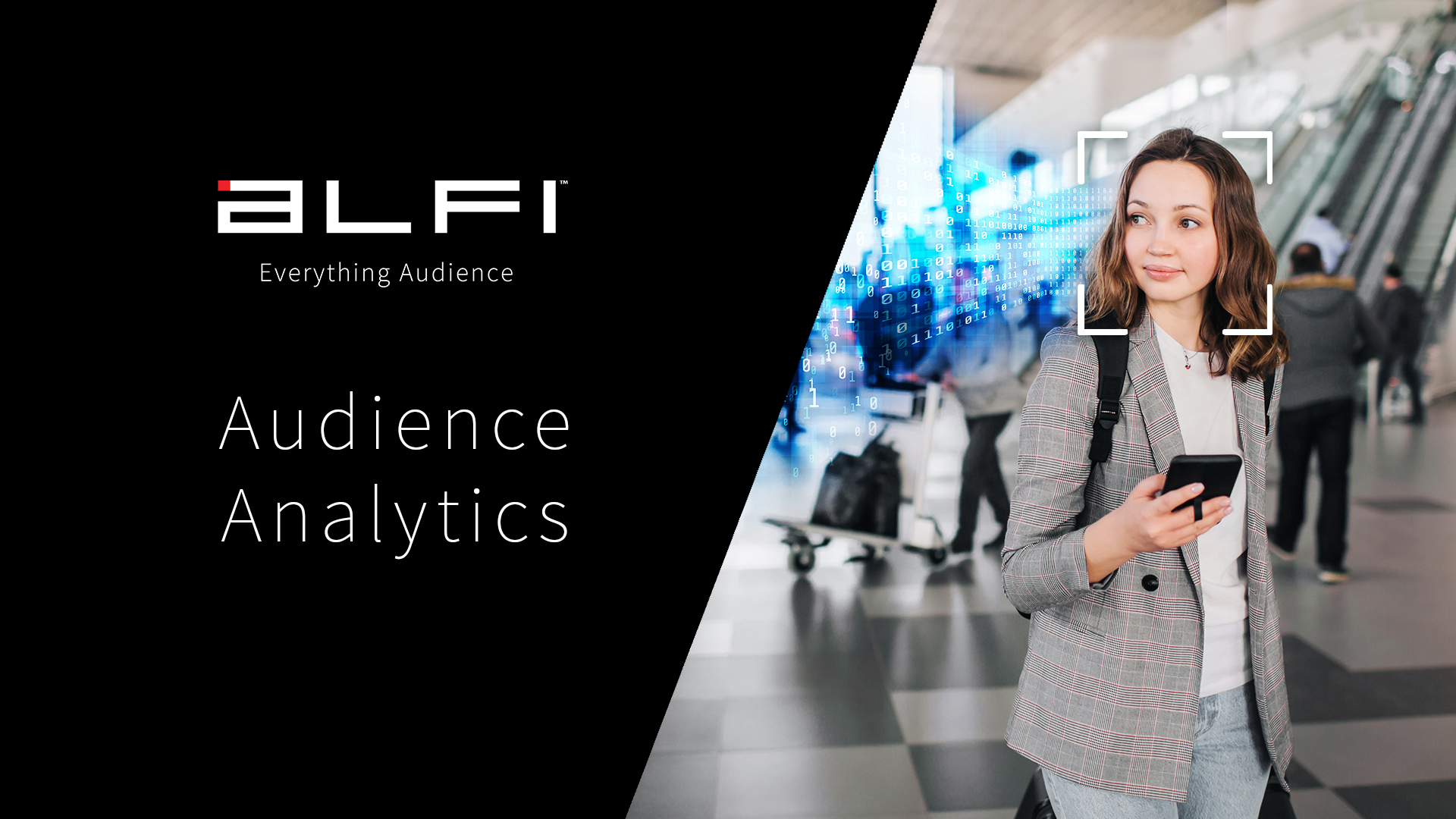Along with the development of advanced marketing and targeting technologies, a growing concern has emerged over the handling of personal user data.

In its attempt to get ahead of growing customer privacy concerns – and perhaps to exclude its competition a bit – Apple’s new iOS 14 feature expressly informs users of app tracking, promptly allowing users to opt out with the simple click of a pop-up.
To do their part, Google, Safari, Firefox, and other major browsers have phased out third-party cookies, drastically changing the way they track users and handle consumer data.
The heavy shift away from third-party data has placed even greater importance on first-party data.
Brands, advertisers, and marketing agencies have had to evolve to find better ways to collect and use consumer data for driving advertising and campaign decisions.
What is first-party data?
When it comes to first-party data, this includes any piece of data or personal information that is collected directly from a customer, whether online or offline. This is data gathered firsthand by a particular company, organization, or brand from its existing audience including actual customers, website visitors, and social media users. This information is then used for retargeting purposes.
Offline first-party data can include account information like a user’s name and email address. Online data includes additional content generated by the company’s website analytics tools, like demographics, visited websites and interactions, purchase history, session duration, and more.
As shown by their heavy reliance on the vanishing cookie, companies are not properly utilizing the benefits of the first-party data – data that many are already collecting.
First-party data is an incredibly valuable asset – not to mention free – and should be used as such. Plus in order to access first-party data, you’ve already gone through the process of gaining users’ consent. This provides added transparency and builds brand validation.
Because this data is derived from actual customers, it provides more relevant intel on real behavior. This makes it easier to convey personalized content to your users that drives customer loyalty. It also allows you to better understand and nail down your buyer persona, divide your segments more effectively, and analyze your website traffic.
This insight into customer behavior allows companies to make better business decisions informed by the products consumers buy, the links they click, and the sites they visit afterward.
This article will provide more information on first-party data. Want to know more about second- and third-party data? Read this.
The Value of First-Party Data
First-party data is used to better address an organization’s audience via more enhanced retargeting with relevant ads strategically placed throughout the sales and nurturing process. This data helps companies understand what their ideal customer looks like in order to better address their content towards these users.
While third-party data may often get more buzz, first-party data is incredibly valuable and should not be overlooked. With the right application and analysis, businesses can gain an incredible amount of audience insight, allowing them to make better business decisions and more effectively target their advertising.
There are many benefits to first-party data. Here are a few:
- First-party data is free; plus, gaining users’ consent provides transparency and builds brand validation. Legally, companies have to set up consents to authorize obtaining consent for this data, so doing so not only ensures compliance with GDPR and CCPA; it also provides total transparency for customers. To explore more about AdTech and GDPR, check out this article.
- With more accurate intel on customer behavior, it’s easier to deliver personalized content to your users with relevant ads that drive customer loyalty. Know and understand your actual buyer persona, divide your segments more effectively, and analyze your website traffic.
- Gaining insight into customer behavior allows companies to make better business decisions that are informed by the products consumers buy, the links they click, and the sites they visit afterward.
- Another convenient option is taking your first-party data, segmenting it into convenient audience targets, and then monetizing and selling your segments through DSPs.
How to Collect First-Party Data
For companies and marketers who have traditionally relied more on third-party data, this cookie-free shift means adapting their strategies to focus more heavily on first-party data. Businesses need to reevaluate their strategies, shifting their focus inward on their own content, customers, and data.
First-party data can be collected in both online and offline environments. Offline, customers can fill out information-gathering surveys, applications, and other forms your brand has implemented.
Online, brands can easily add a pixel to their website, social media platforms, or product pages to track customer behaviors and content interactions. User behavior data is pulled from landing pages, apps, CRMs, social media profiles, subscription-based emails, customer feedback, user surveys, and other locations.
How do you begin the process of collecting first-party data? Where do you start?
What are some strategies for collecting first-party data?
Collecting first-party data might seem daunting, especially during these times of cookie transition. However, as long as you’re being honest about your methods, data collection and integration can actually create an engaging, personalized experience for your customers.
Create Customer Incentives for Sharing Their Information
Most users will not voluntarily give you their information without a good reason. There typically needs to be some even exchange or trade of content to incentivize filling out that form or providing you with that email address.
What might those incentives be?
Consider the appeal of promising exclusive access to special offers and discounts to customers who sign up for your newsletter or fill out a web form. Perhaps adding membership services offering premium content, customer support, or other special services unavailable to guest users. We will explore more on that shortly.
It’s important to maintain trust when you set up a value exchange, which is why it needs to be easy for customers to withdraw consent from data use at any time. Adequate security measures and protections should be set up in case of data breaches. The more transparency about this, the better.
Add Engaging Newsletters based on Audience Interests
Many publishers online offer the ability to sign up for multiple newsletters at once, based on the reader’s interest areas. In this way, audiences funnel themselves into their own unique segments where they will receive content tailored to their unique hobbies and passions.
At the same time, this eases the job of the advertisers who now have narrower campaign goals and marketing materials better tailored to those segments. It also adds more financial opportunities regarding the advertising space within those newsletters. Those newly-hewn segments are valuable ad real estate.
The advantage of newsletters is that users have chosen to be on those lists; they can easily unsubscribe and resubscribe at their convenience. Beyond connecting customers to desired content, giving visitors information, power, and transparency will only build brand recognition and customer loyalty.
Make the User Experience Fun and Interactive
There are 5.27 billion mobile phone users in the world today. With people becoming increasingly comfortable with technology and digital integrations everywhere they go, it’s no wonder that an effective strategy for gathering first-party information is to craft interactive content that delivers across multiple platforms.
Integrating a consistent omnichannel brand image packaged with clever content makes visitors even more likely to engage and recall branding. Consider how frequently social media users share the results yielded from a random game, name generator, online quiz, or challenge.
These are opportunities used by brands to engage users but also to build a fuller picture of consumer profiles as they gain new behavioral intel. Think about how much first-party data Buzzfeed has collected over the years.
Restrict Access to Premium Areas of Your Site
One way to gather first-party data is by selectively locking the content you provide to users. Media sources might provide half of a newspaper article before blocking out the rest without signing up for a subscription or entering membership credentials, for example.
This way, you not only pique the interest of curious visitors but you also easily begin the process of gathering emails and related user data.
Review Google Analytics to understand the areas of your website and your landing pages that are getting the highest volume of traffic, page views, and conversions, and decide where to restrict access and request additional information from viewers.
A/B tests can be performed to determine how much information visitors are willing to share. In general, asking for less will yield better results. Most people are willing to share an email address but not a phone number.
Understanding the pain points in your landing pages can help optimize the experience for the user, increasing their time on the page and the likelihood they will complete a purchase or provide a lead.
Simplify the Registration Process
Make it as easy as possible for your potential customers to register online. Most websites with a login system use emails as the primary identifier. On e-commerce sites, visitors are often required to create an account before completing a purchase, providing brands with first-party data.
Making it easy for users to sign up, provide their information – including any interest-based surveys built into your registration – and move onto the purchase process is vital to guaranteeing that conversion and maintaining brand credibility.
For example, some platforms offer a universal login, allowing users to sign in with their existing social media accounts or email platforms, speeding up an already fast process.
Collect Your Data Gradually over Time
There is no reason to rush your first-party data collection process. As we said before, making your registration as easy as possible makes consumers more likely to continue along the journey with you.
Once you’ve established your brand’s credibility and transparency with customers, they will be far more likely to dole out tidbits of helpful information about their interests as they complete more steps along the customer journey.
This includes collecting information across multiple touchpoints and instances and constructing a richer, broader profile over time.
Lead Generation Forms Can Be Very Effective
Advertisers can also easily collect user info by adding lead gen forms in their ads and landing pages. Many channels offer options – including LinkedIn, Facebook, Google, Quora, et al – for gathering as much or as little information as needed for your unique marketing campaigns.
Want to get more in-depth intel on your customers? Add in interest-based questions that will help you tailor future content. This will enhance the user experience even more, establishing brand loyalty with personalized targeting.
Diversify Your Marketing Channel Options
Don’t be afraid to consider other areas and platforms where your audience is spending time and making decisions. Within reason, explore unique targeting options available via different channels. The audience frequenting Pinterest might not be the same as the one spending time on Twitter or surfing YouTube.
With so many options to explore, there are bound to be new users waiting just beyond the scope of your typical marketing strategy. Which paid media options are in your future?
Invest Time in Building Your Brand
If you’ve gone through the hassle of coming up with innovative ways to collect first-party data and you haven’t evaluated your company and its branding, you’ve been missing a step along the way.
You do all the work and then your website, app, product page, etc. falls short of customer expectations. Now what? You’ve invested capital in lead gen only to lose those customers. You’re back at square one.
The majority of consumers today care about where they spend their money, so when a brand misses the mark, it does not take long to lose that customer for good.
Work on establishing a consistent omnichannel experience across any and all platforms, apps, and social media. Convey to your customers that your company stands for something and do so by delivering reliable, consistent, ethical, relevant content to visitors.
Once you’ve earned their trust, gathering first-party data is far simpler and allows you to truly create that unique user experience they’ve been seeking.
First-Party Data Onboarding and Integration
To truly get the most out of all collected first-party data, it must be combined and organized through an onboarding process. The process of integrating all your offline customer information with all collected online content is known as first-party data onboarding.
Let’s say that your brand has offline records of names, phone numbers, email addresses, and other data or transactional information organized in an offline Customer Relationship Management (CRM) system.
Onboarding would be the process of merging that content with the data from your online databases – including powerful analytics, account info, and more.
A convenient onboarding platform handles everything, running it through an anonymization process – encryption would be one method – to remove any Personally Identifiable Information (PII) from the customer record, including the email address, name, home address, and date of birth.
Then, the platform streamlines content, matching offline and online data with the help of identifiers like a common email address. This information can then be used to understand the buyer persona, develop segmented lists, and produce more effective advertising.
Investing in a Future Without Cookies
Many companies have left behind their data management platforms (DMP), heavily built on cookies and aggregate third-party marketing data, and shifted to customer data platforms (CDP) more sustainable in the cookie-less future of advertising.
Discover what Facebook, CVS, Amazon, and others are doing to solve their first-party data challenges. Heineken USA and Microsoft are each finding their competitive edges in a market where companies are quickly exploring and expanding first-party data integrations.
Heineken USA
After Google announced that it would block third-party cookies in its Chrome browser by 2022 and wouldn’t support alternative IDs, Heineken USA was limited by using DMP segmentation and needed a more sustainable solution.
Enter customer data platform, BlueConic; Heineken USA partnered with them last year to find a better alternative. With a CDP, first-party data strategy centers around providing personalizing campaigns and promotions to foster better one-on-one relationships with their customers – a challenge since they sell to distributors and not directly to consumers.
What this CDP allows them to do is create multiple online touchpoints to enhance and increase Heineken’s interactions with its customers, and build segments around interests and marketing consent, which can then translate across the Heineken, Tecate, and Dos Equis brands.
With users accepting an identifier, the brand can identify those who’ve interacted with its brands to help encourage them to visit the closest retailer selling those brands.
This centralized information storage decreases the risk of data breaches and ensures compliance with the EU’s GDPR and California’s CCPA. For more about the role of GDPR in AdTech, check out this article.
Heineken USA and beverage companies are not the only ones seeking better solutions for their first-party data struggles.
Microsoft
Tech giant Microsoft has decided to step up its CDP game. Its customer relationship product suite, Microsoft Dynamics is rebranding itself as a customer data platform
data platform with one major difference from other CDPs – its unique connection to the Microsoft Azure cloud platform and Microsoft’s own internal identity graph.
The expansive platform yields a ton of valuable, integrated data, allowing for advanced targeting options. The Microsoft Search Network alone sees 14.6 billion monthly searches globally across almost 700 million users.
A brand with online and offline data can use the CDP to integrate its first-party data and re-engage customers with the Microsoft Advertising platform.
To compete with Facebook’s Audience Network and Google’s Display Network, Microsoft’s Audience Network gives advertisers a solution for reaching people through Microsoft News, Outlook, and Microsoft Edge across more than 1 billion Windows devices.
It is also working on a Customer Match tool for better targeting, which would allow a company to locate customers in the loyalty program and better target them later. The GM of Microsoft’s global ad business, Steve Sirich, claims his clients saw a 120% higher conversion rate on average and 44% lower cost per acquisition.
DOOH and First-Party Data
Combining first-party data with Digital Out-of-Home-Advertising (DOOH) gives marketers a powerful way to engage their desired audiences when and where it matters most. Through DOOH, brands can reach target audiences more effectively, adapt strategies in real-time, and access a wealth of data for better decision-making.
First-party data can transform the DOOH experience for customers, incorporating customized content and creating personalized targeting. It allows for flexibility, speed, adaptability, and real-time analytics.
Because first-party data is content from actual customers, the insights gained are far more accurate, relevant, and useful for driving decision-making on marketing and ad customization. Despite the challenges faced by other industries, the changes in browser and app requirements won’t drastically affect DOOH use.
According to Gulab Patil, founder, and CEO of Lemma: “To keep the ads contextual, DOOH relies largely on 1st party data which takes into account location, mobile intelligence, live feeds, camera sensors, IoT beacons, and other sources, which are gathered using multiple in-house collation methodologies, reducing the dependency on any third-party data sources. Hence customization of ads remains unaffected as the process doesn’t vastly involve the use of third-party cookies.”
As such, DOOH provides the perfect opportunity for leveraging your first-party data to enhance your customers’ experience with your brand, products, and reputation.
ALFI’s Privacy Protections and the Future of DOOH
While other AdTech platforms blur the line when it comes to user privacy, ALFI is building the future of DOOH advertising, by crafting tools that empower media buyers to reach their exact target market, at the right time, for a fraction of the cost in a respectful and ethical manner.
The platform pairs powerful computer vision with AI and machine learning models to display clients’ ads only to their target customers when they’re most susceptible to making buying decisions.
Computer vision allows DOOH platforms to capture demographic and behavioral data of consumers as they view DOOH ads to increase the accuracy and effectiveness of targeting. Then, AI combined with the machine learning-powered recommendation engine looks for patterns and responses in human behavior to offer the right content to the right person at the right time.
What’s amazing about this is that while ALFI’s smart technology can detect behavior, it does not use cookies or store personal data, facial images, or information. While it sets new standards by providing precise targeting information to advertisers, it does so without intruding by collecting information in non-intrusive ways that are compliant with GDPR, CCPA, and HIPAA.
Real-Time Relevancy of the Ads
With DOOH campaigns, ads can be dynamic, providing impressions and data in real-time, allowing companies to adapt and shift strategy mid-campaign.
Along with valuable data analytics and the precision of Google and Facebook targeting for DOOH, ALFI gives media buyers complete control over the campaigns they run for their clients: from dialing down on a specific demographic to intelligent ad purchasing.
With ALFI, the advertisers can not only use detailed targeting options for their digital out-of-home campaigns but also pay for impressions and receive detailed analytics to optimize their campaigns. Ad A not performing well? Take it down early. Ad B showing huge success? Invest more and double your conversions.
Using first-party data paired with DOOH can yield accurate, high-quality data, improve campaign performance and ROI, improve measurement and attribution, and lead to more precise targeting.
Your Future with ALFI
Trying to find a happy mix of the right kind of data to increase your revenue? Discover a convenient location where you can access unique, valuable content with better targeting and advertising options.
ALFI can be installed on any device that has an internet connection and a camera, serving personalized content, along with ads, to any person looking at the screen.
ALFI lets advertisers easily snag prime ad spots from prime publishers. Then, they can create campaigns that are shown to thousands of people every day in cabs, Ubers, hotels, restaurants, and much more. Want to know more? Drop us a line and our team will get in touch with you!




